Discovering the world of coffee can feel like stepping into a delightful maze of flavors and aromas. With so many options out there, understanding the differences in coffee beans, roasting methods, and brewing techniques can truly enhance your daily cup. Whether you’re a casual drinker or a passionate aficionado, there’s always something new to learn and appreciate about this beloved beverage.
In this guide, we’ll dive into the unique characteristics of different coffee beans, exploring how factors like region and variety influence taste. You’ll also discover how roasting levels can transform your coffee experience, impacting everything from aroma to flavor. Plus, we’ll compare various brewing methods and share tips on how to store your coffee to maintain its freshness and taste.
So, pour yourself a cup and get ready to deepen your understanding of coffee. By the end of this journey, you’ll be equipped with the knowledge to make informed choices that elevate your everyday brew.
- Explore the differences between Arabica and Robusta beans.
- Learn how roasting levels affect flavor and aroma.
- Discover the best storage methods to keep your coffee fresh.
Types of Coffee Beans and Their Characteristics
Differences Between Arabica and Robusta
When it comes to coffee, the type of bean can significantly impact flavor and aroma. The two most prominent varieties are Arabica and Robusta, each offering distinct characteristics. Arabica beans are known for their smooth, sweet taste and complex flavors, often featuring hints of fruit and sugar. They thrive at higher altitudes, which contributes to their delicate nature. On the other hand, Robusta beans tend to have a stronger, more bitter flavor, with a higher caffeine content. This makes them popular for espresso blends and instant coffee.
The cultivation conditions also play a role in the differences between these beans. Arabica is more susceptible to diseases and pests, making it a bit more challenging to grow. In contrast, Robusta plants are hardier and can withstand harsher conditions. This resilience leads to lower production costs, which is why you might find Robusta beans in many commercial blends.
Understanding these differences can help you make better choices when selecting coffee. Whether you prefer the elegance of Arabica or the boldness of Robusta, knowing what to expect from each can enhance your coffee-drinking experience.
- Arabica is known for its smooth, sweet taste.
- Robusta has a stronger, more bitter flavor and higher caffeine content.
- The growing conditions affect the overall quality and taste of the beans.
Flavor Characteristics by Region
The region where coffee beans are grown also influences their flavor profiles, adding another layer of complexity. For instance, beans from Central and South America often have a bright acidity with nutty or chocolatey undertones. Ethiopian coffee, on the other hand, is famous for its fruity and floral notes, thanks to its unique climate and growing practices. Each region’s soil, altitude, and climate contribute to these distinct flavors, making it exciting to explore various origins.
Moving to Asia, particularly Indonesia, you’ll find coffee with earthy tones and a full body. These beans are often used in blends for their unique properties. Similarly, beans from Africa can range from vibrant and fruity to rich and deep, depending on the specific area and processing methods used. With such a diverse range of flavors, you can easily find a coffee that matches your taste preferences.
As you explore different regions, consider trying single-origin coffees. These allow you to experience the pure essence of a specific area, highlighting the unique characteristics that each region brings to the table. Experimenting with various beans from around the world can truly awaken your palate and deepen your appreciation for coffee.

For those interested in exploring more about the nuances of coffee, you might find value in our article titled Unlocking the Secrets of Coffee: From Bean Selection to Brewing Enjoyment. It dives deep into the entire process of coffee, from choosing the right beans to the intricacies of brewing, enriching your overall coffee experience!
- Central and South American beans often have bright acidity and nutty undertones.
- Ethiopian coffee is known for its fruity and floral notes.
- Indonesian beans provide earthy flavors and full body, perfect for blending.
- Exploring single-origin coffees can enhance your understanding of regional differences.
The Roasting Process and Changes in Flavor
Differences in Roast Levels
The roast level of coffee beans plays a vital role in shaping the overall flavor and aroma of your cup. Whether you enjoy a light, medium, or dark roast, each level brings its own unique characteristics to the table. Light roasts tend to preserve the original flavors of the beans, allowing you to taste the distinct notes that come from their origin. This means you might experience fruity or floral hints, which can be quite delightful.
On the other hand, medium roasts strike a balance between the original bean flavors and the roasting process, often resulting in a richer and smoother taste. Dark roasts, however, take the flavor in a different direction, emphasizing boldness and bitterness. The process of roasting not only transforms the taste but also affects the caffeine content, with lighter roasts generally having slightly more caffeine than their darker counterparts.
- Light roasts preserve original flavors from the beans.
- Medium roasts provide a balance of bean and roast flavors.
- Dark roasts emphasize boldness and bitterness.
Changes in Aroma Due to Roasting
As the coffee beans roast, a fascinating transformation occurs that impacts not just flavor, but also aroma. The roasting process leads to the development of complex compounds that contribute to the rich scents we associate with coffee. For instance, when beans are roasted lightly, they can emit bright and fruity aromas, enticing you with their fresh and vibrant scents.
As roasting progresses to medium levels, you might notice a shift to a more caramelized sweetness, which can come off as nutty or chocolatey. This change in aroma enhances the overall drinking experience and prepares your palate for the anticipated flavors. In contrast, dark roasts produce intense, smoky aromas that can be both comforting and bold. This transformation can evoke memories or emotions, making each cup not just a beverage, but a sensory experience.
Understanding these changes can help you appreciate the artistry behind coffee roasting. The next time you brew a cup, take a moment to inhale the aroma before sipping. Notice how it sets the stage for the flavors that follow, creating a deeper connection to your coffee journey.
- Light roasts produce bright and fruity aromas.
- Medium roasts emit caramelized sweetness with nutty or chocolatey notes.
- Dark roasts offer intense, smoky aromas that enhance the overall experience.
Choosing Brewing Methods
Comparison of Drip and French Press
When diving into the world of coffee brewing, the method you choose can make a significant difference in the taste and overall experience. Two popular methods are drip brewing and French press, each bringing its own unique qualities to the table. Drip brewing is known for its convenience and consistency. With this method, hot water passes through ground coffee and a filter, resulting in a clean, smooth cup. This is perfect for those who enjoy a lighter brew with a straightforward flavor profile.
On the other hand, the French press offers a more robust and full-bodied experience. In this method, coffee grounds steep in hot water for several minutes, allowing oils and fine particles to remain in the final cup. This results in a richer taste and a thicker texture, which many coffee enthusiasts appreciate. The French press also allows for more control over brewing time and coffee-to-water ratio, giving you the flexibility to adjust according to your personal preference.
Both methods highlight different aspects of the coffee itself. While drip coffee may showcase the bright acidity and floral notes of lighter roasts, the French press can amplify the deeper, more complex flavors found in darker roasts or single-origin beans. Understanding these differences can help you choose the right method for your mood or the type of coffee you’re enjoying.
- Drip brewing is convenient and delivers a clean flavor.
- French press offers a fuller-bodied and richer cup.
- Each method can enhance different flavor profiles based on the coffee type.
The Allure of Espresso
Espresso is another fascinating brewing method that has captivated coffee lovers around the world. Characterized by its intense flavor and rich crema, espresso is made by forcing hot water through finely-ground coffee under high pressure. This results in a concentrated shot of coffee that serves as the base for many popular drinks, including lattes and cappuccinos.
What makes espresso particularly alluring is its ability to showcase the coffee’s unique characteristics in a small, potent serving. The flavors are often bold and complex, with a delightful balance of sweetness and acidity. Additionally, the crema, a creamy layer on top, adds a rich texture and enhances the aromatic experience. Espresso is not just about the taste; it’s also about the ritual of preparation, where every step can affect the final outcome.
For those new to espresso, it may take some practice to master the brewing process, from selecting the right grind size to timing the extraction perfectly. However, the reward is well worth the effort. Once you get the hang of it, you can enjoy a variety of espresso-based drinks, each offering a unique twist on the classic espresso flavor.
- Espresso is made by forcing hot water through finely-ground coffee.
- It delivers bold, complex flavors with a rich crema.
- Mastering the brewing process can enhance your coffee experience.
Coffee Storage Methods and Their Impact
Proper Storage Environments
When it comes to enjoying your coffee, how you store those precious beans can make a noticeable difference in flavor and aroma. The ideal storage environment plays a crucial role in preserving the qualities of your coffee, ensuring that every cup is as delightful as the last. Keeping your coffee in an airtight container is essential, as exposure to air can lead to oxidation, which dulls the flavors over time.
Additionally, light and heat can be detrimental to coffee beans, accelerating their degradation. A cool, dark place is the best option for storage, away from direct sunlight and heat sources like stoves or ovens. By taking these simple steps, you can maintain the freshness of your beans and enjoy the vibrant flavors they offer.
- Use airtight containers to limit exposure to air.
- Store in a cool, dark place to avoid light and heat.
- Avoid keeping coffee in the refrigerator or freezer, as moisture can affect quality.
Flavor Differences Based on Storage Methods
The way you store your coffee can lead to distinct flavor profiles, which is often overlooked. For example, beans that are stored in a vacuum-sealed environment tend to retain their original flavor for a much longer time compared to those left in a standard bag. This is because vacuum sealing removes air, slowing down the oxidation process that can compromise taste.
On the other hand, if you store your coffee in a glass jar exposed to light, you might notice a significant decline in the brightness of flavors. Not only can light degrade the beans, but it can also lead to a flat taste that lacks the rich complexity you initially enjoyed. This change can be especially noticeable with lighter roasts, which are more sensitive to environmental factors.
Moreover, different storage methods can lead to varying aromas. For instance, beans stored in a ceramic container often retain their aromatic compounds better than those in plastic. This can influence your overall coffee experience, as aroma plays a key role in how we perceive flavor. Therefore, understanding the impact of storage on your coffee can help you make informed decisions that enhance your daily brew.
- Vacuum-sealed storage preserves flavor longer.
- Exposure to light can diminish brightness and complexity.
- Aroma retention varies by storage material, affecting overall experience.
Summary
As we’ve explored the world of coffee, it’s clear that understanding the differences in beans, roasting, and brewing methods can truly elevate your coffee experience. Each aspect, from the origin of the beans to the way they are roasted, significantly impacts the flavors and aromas in your cup. By experimenting with different types of coffee and brewing techniques, you can discover what suits your palate the best.
The journey through coffee doesn’t end here. With every cup, there’s an opportunity to explore new flavors and aromas. Whether you prefer the smoothness of Arabica or the boldness of Robusta, knowing these differences can open up a world of enjoyment. Furthermore, paying attention to storage methods ensures that you maintain the freshness and quality of your coffee, ultimately enhancing your daily brew.
Remember, coffee is not just a beverage; it’s an experience that can bring joy and comfort. As you continue to learn about the various elements that contribute to your coffee, you’ll find that each cup tells a story of its own.
So, whether you’re brewing at home or enjoying a cup at your favorite café, take a moment to appreciate the craftsmanship that goes into every sip.
- Understanding the differences between coffee beans enhances your experience.
- The roasting process significantly impacts flavor and aroma.
- Proper storage methods help maintain the freshness of your coffee.
We’d love to hear your thoughts! What’s your favorite type of coffee, and how do you enjoy it? Share your coffee experiences in the comments below!




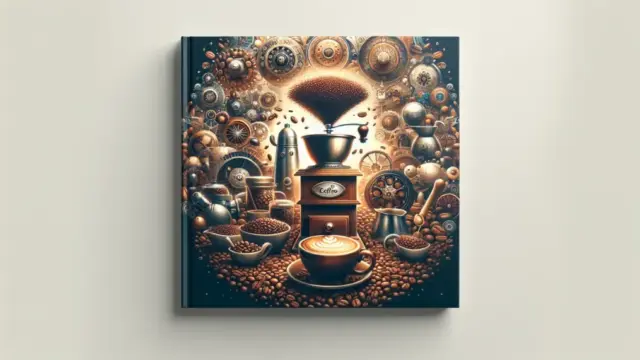


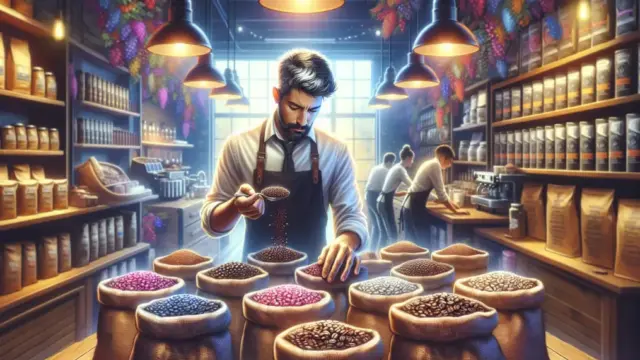


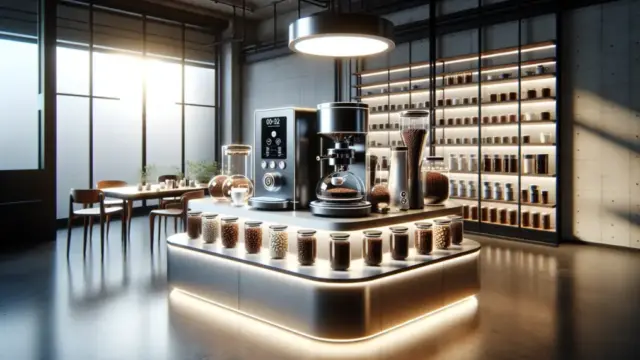








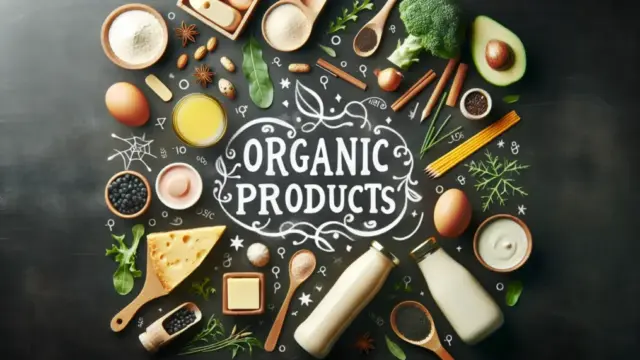







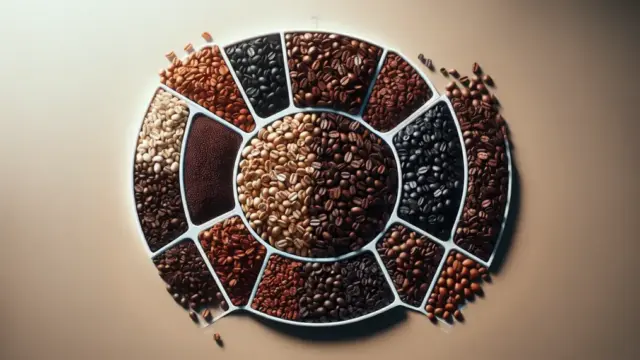

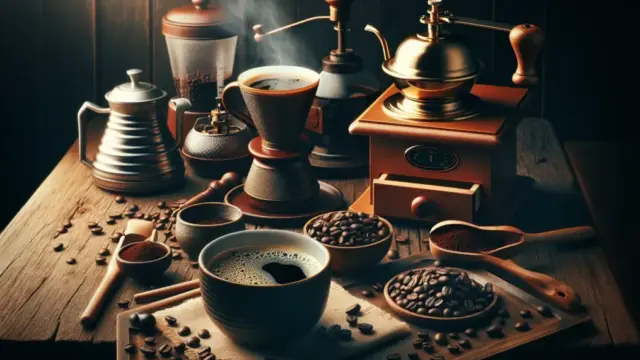





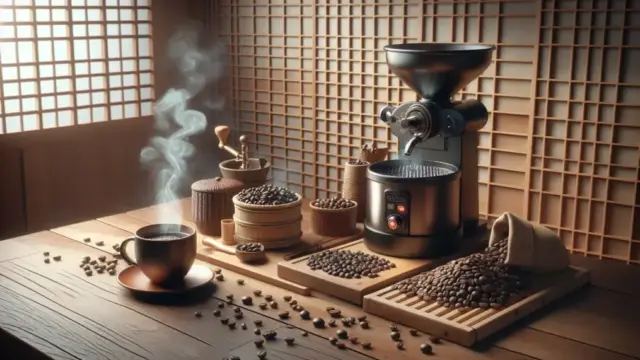

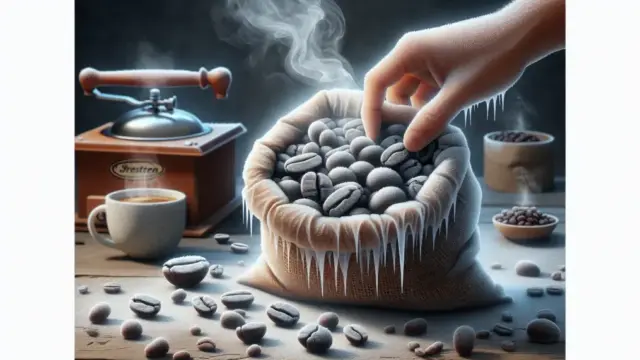








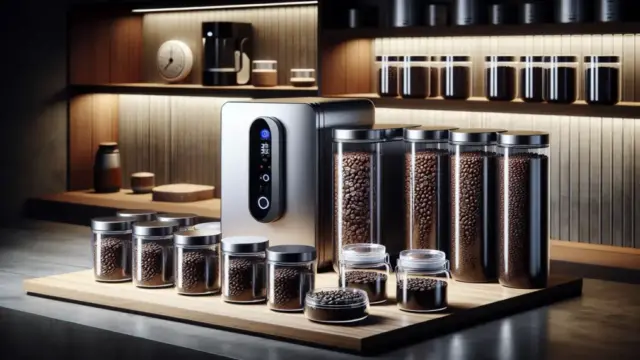



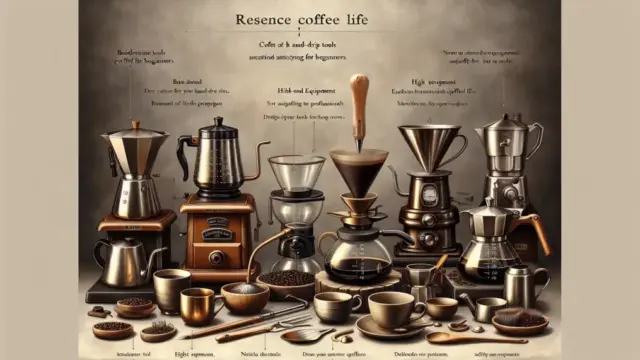












Comment